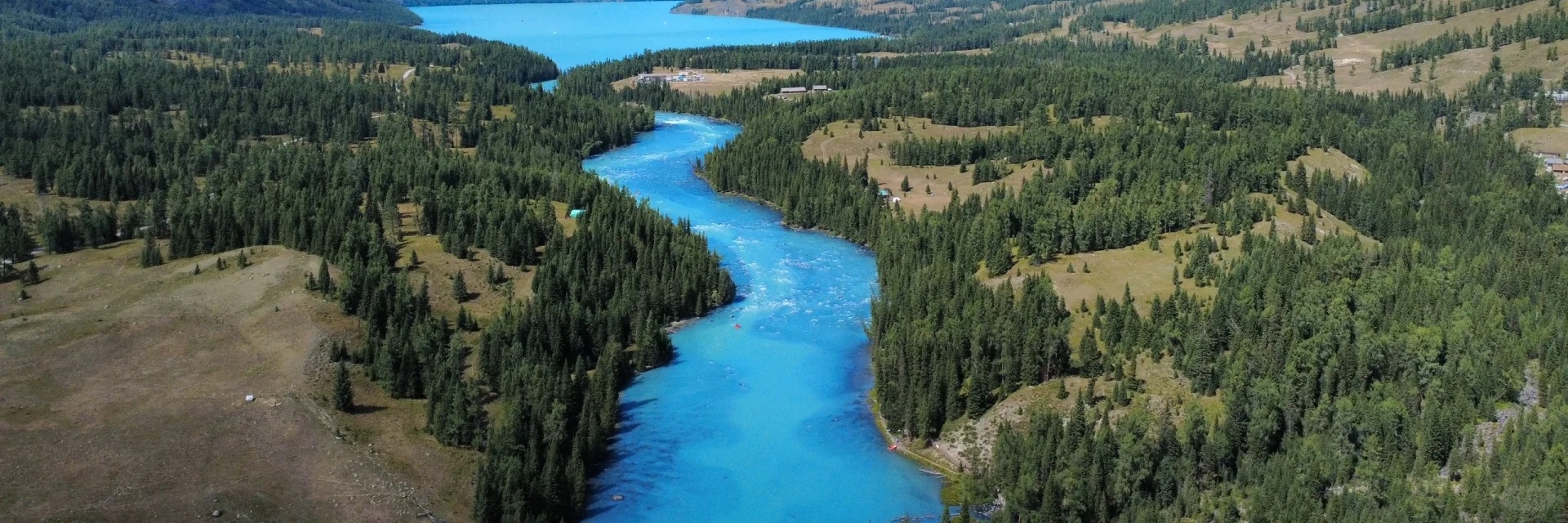
Kanas Lake in Xinjiang: China’s Breathtaking Scenic Treasure
By Sophia
Hi, I’m Sophia. Over the past years, I’ve made countless journeys across Xinjiang, but Kanas Lake remains one of the most unforgettable places I’ve ever seen. Its turquoise waters, snow-capped peaks, and untouched forests create a scene that feels almost otherworldly. In this article, I’ll share my personal journey and practical tips to help you experience the beauty of Kanas Lake in your own way.
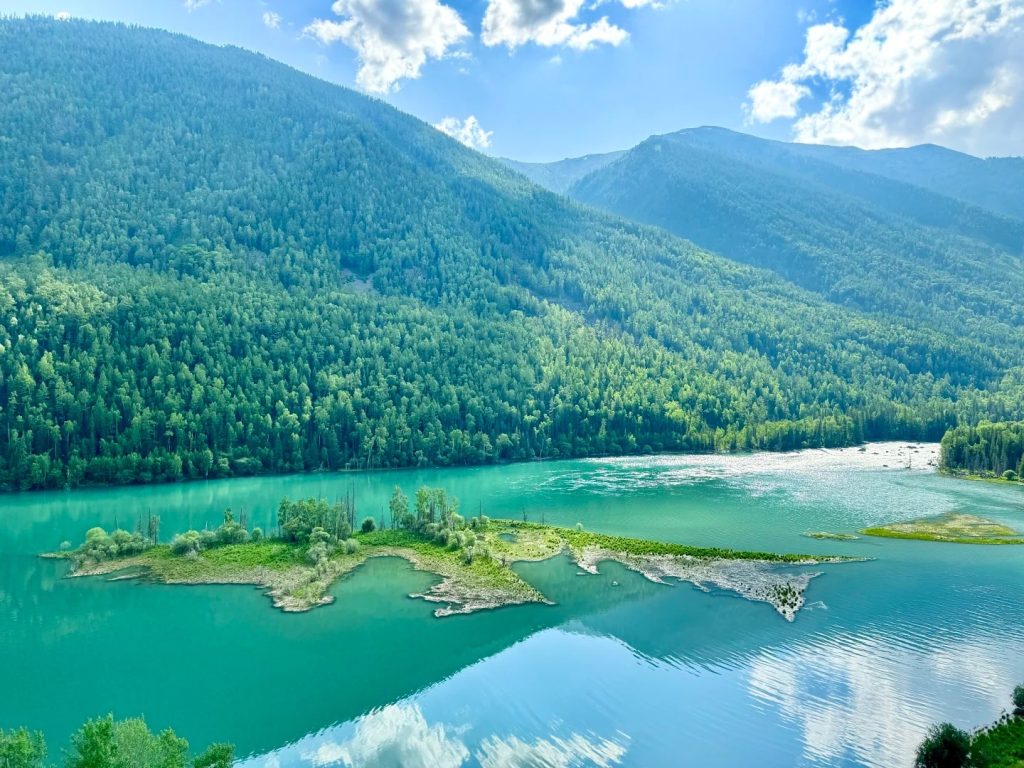
Kanas Lake, a true masterpiece of nature, lies nestled within the majestic Altai Mountains of Xinjiang, China. This alpine gem is affectionately known as the “Pearl of Northern Xinjiang,” drawing visitors with its unparalleled beauty and serene atmosphere. Its name, “Kanas,” means “beautiful and mysterious place” in Mongolian, perfectly capturing its essence. This region is a unique blend of stunning landscapes and vibrant cultural heritage, promising an unforgettable experience for every traveler.
A Geographical Marvel: Where Nature Unfolds at Kanas Lake
1. Kanas National Geopark, home to Kanas Lake in Xinjiang, is a vast nature reserve bordering Kazakhstan, Russia, and Mongolia. The lake sits 1,374 meters above sea level, stretches 25 kilometers, and reaches depths of 188.5 meters, making it China’s deepest freshwater lake in parts. Glacial erosion carved this natural wonder around 200,000 years ago, creating the dramatic landscape seen today.
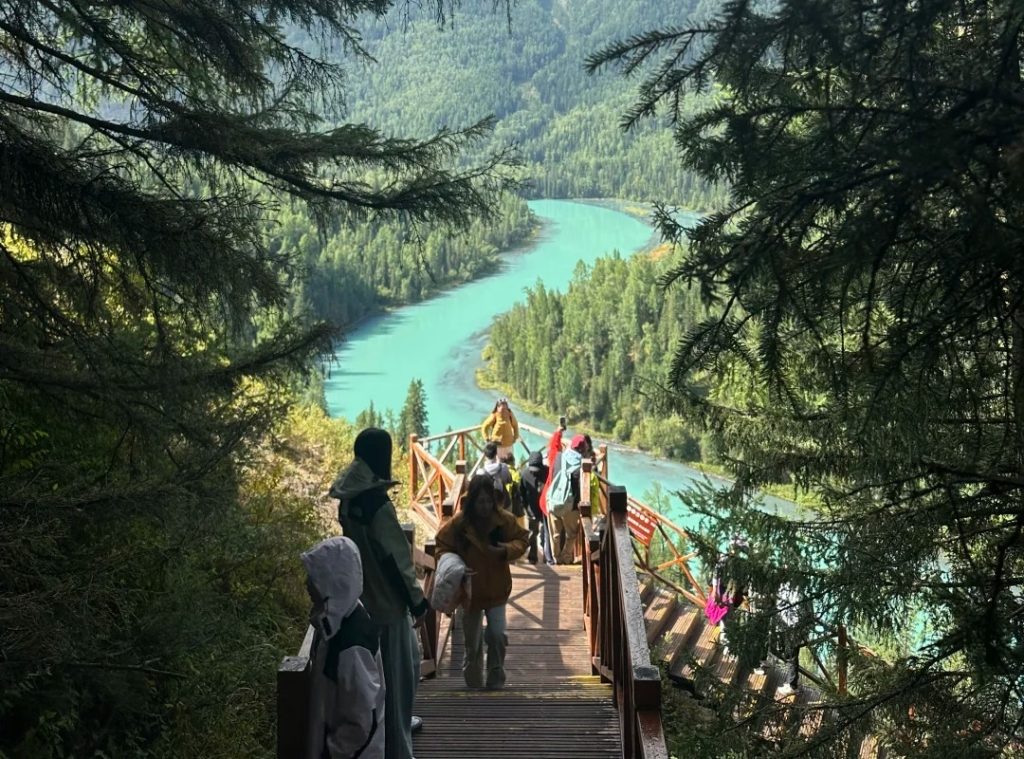
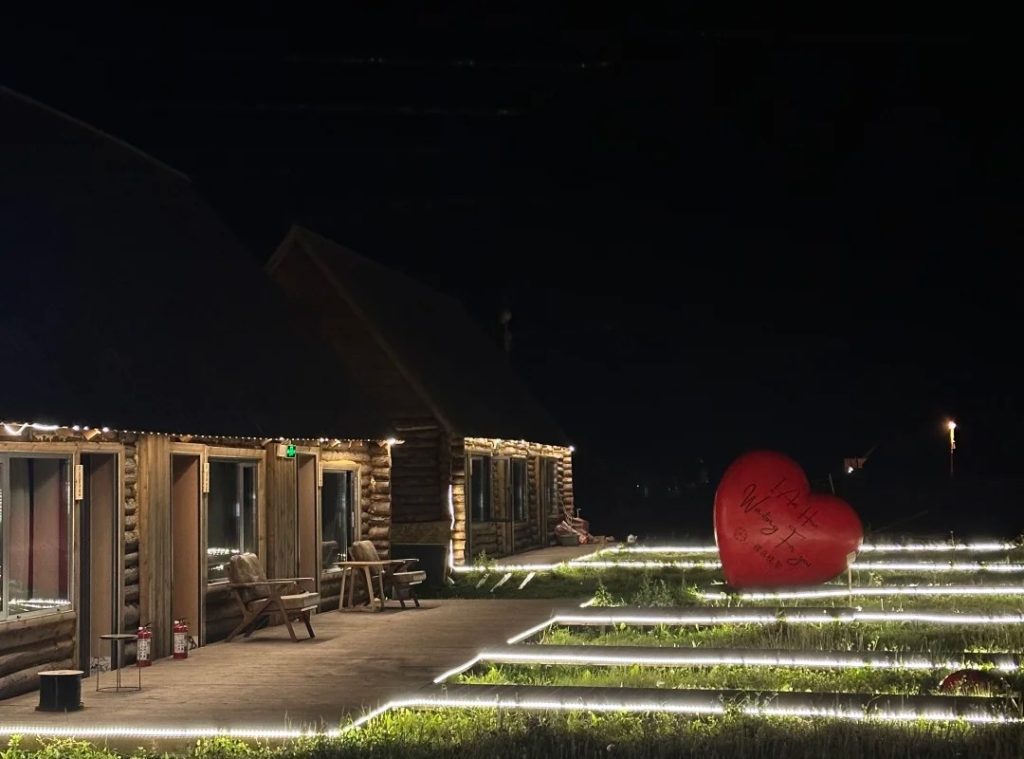
2. The surrounding environment is a lush tapestry of Siberian larch, spruce, fir, and birch trees. This dense woodland provides a habitat for diverse wildlife, including elusive snow leopards, majestic golden eagles, and nimble Siberian martens. The Kanas River gracefully meanders through the valley, adding to the tranquil ambiance and forming picturesque bays along its course.
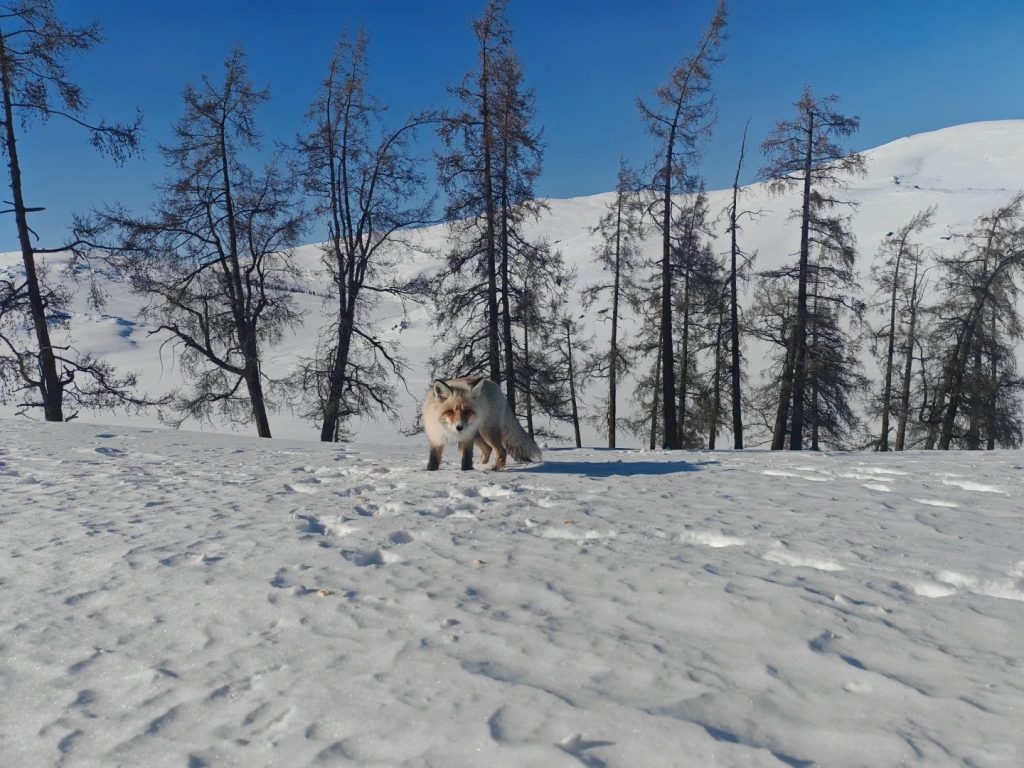
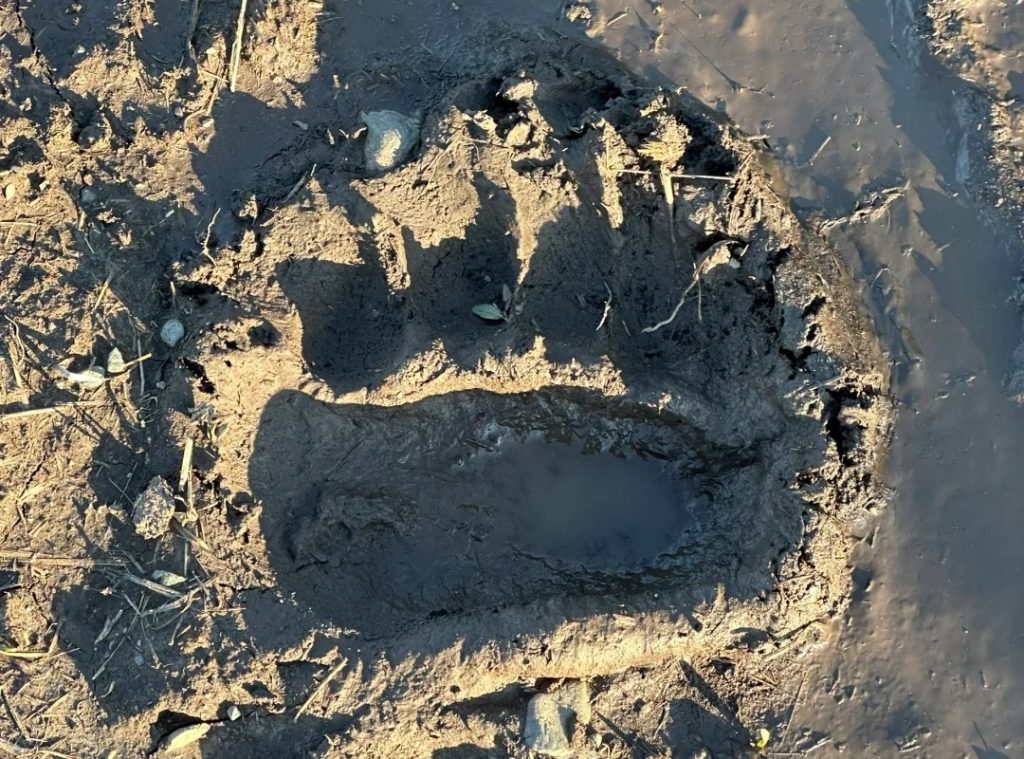
3. One of Kanas Lake’s most striking features is its changing colors. Depending on the time and season, the water shifts from emerald green to deep blue or even milky white. Sunlight, minerals, and surrounding flora create this mesmerizing effect, captivating visitors and inspiring photographers alike.
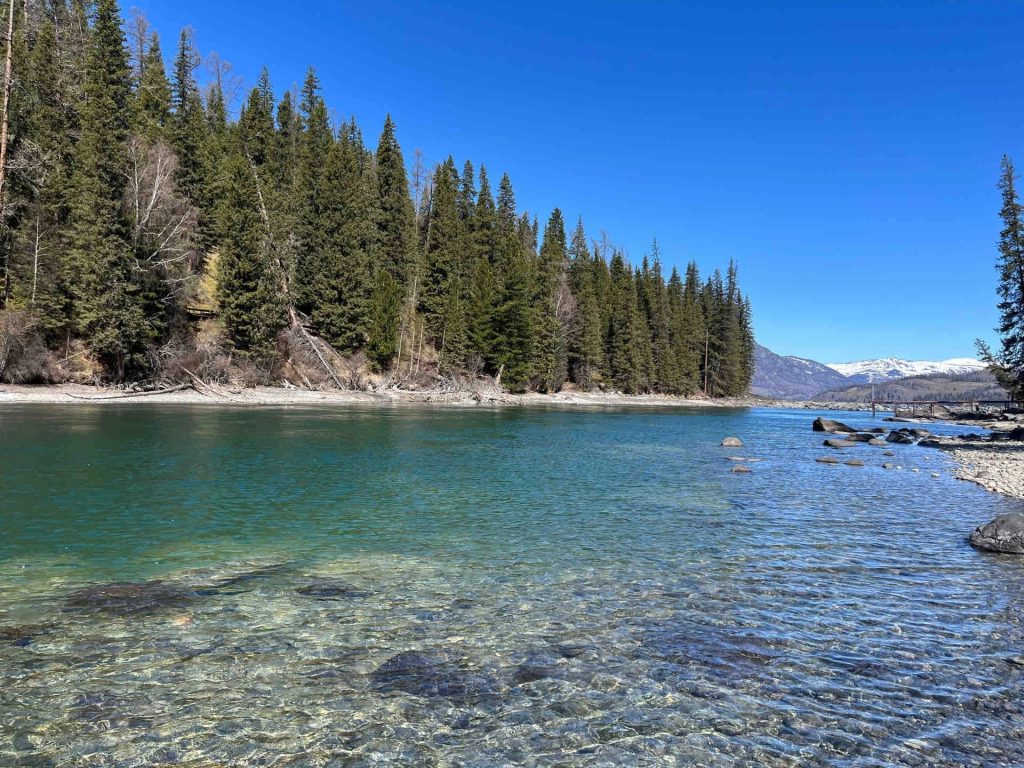
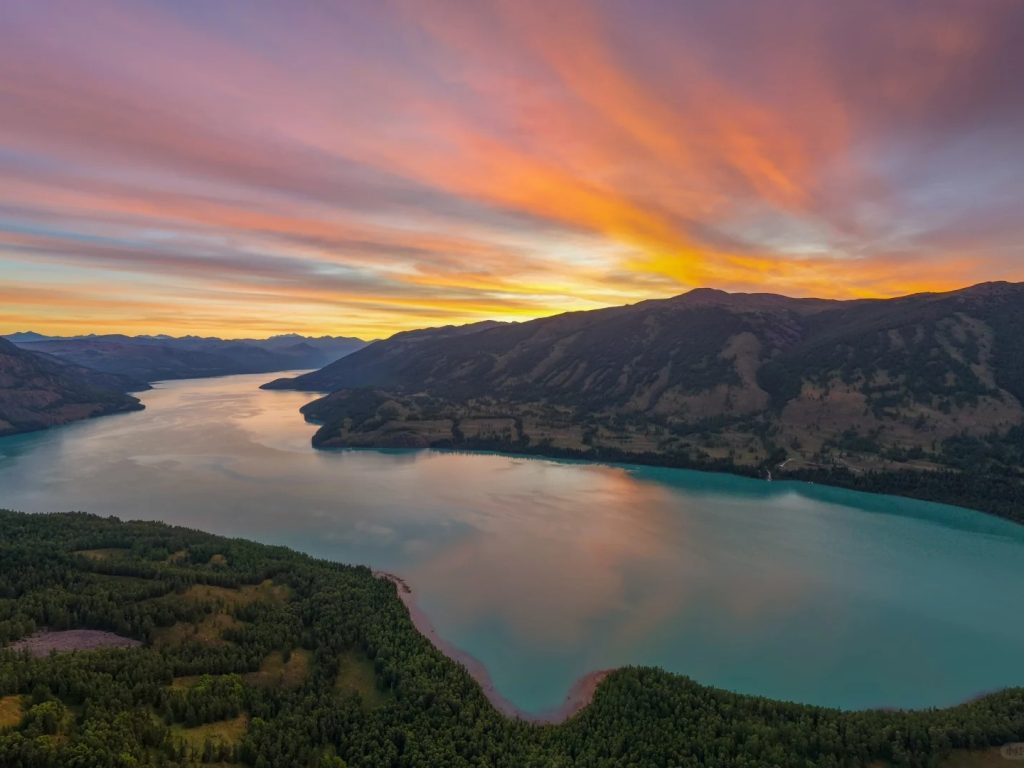
Unforgettable Experiences Around Kanas Lake
Kanas Lake is surrounded by stunning landscapes and cultural gems. From the famous Three Bays to peaceful boardwalk walks, panoramic views at Guanyu Pavilion, and traditional Tuva villages, every stop offers a unique way to enjoy this remarkable region.
The Enchanting “Three Bays” Around Kanas Lake
Downstream from Kanas Lake lies the famous Three Bays. Wolong Bay, Moon Bay, and Fairy Bay each display unique curves, colors, and reflections. Strolling along the riverside boardwalk, you can enjoy peaceful views, crystal-clear water, and the changing beauty of the Kanas River.
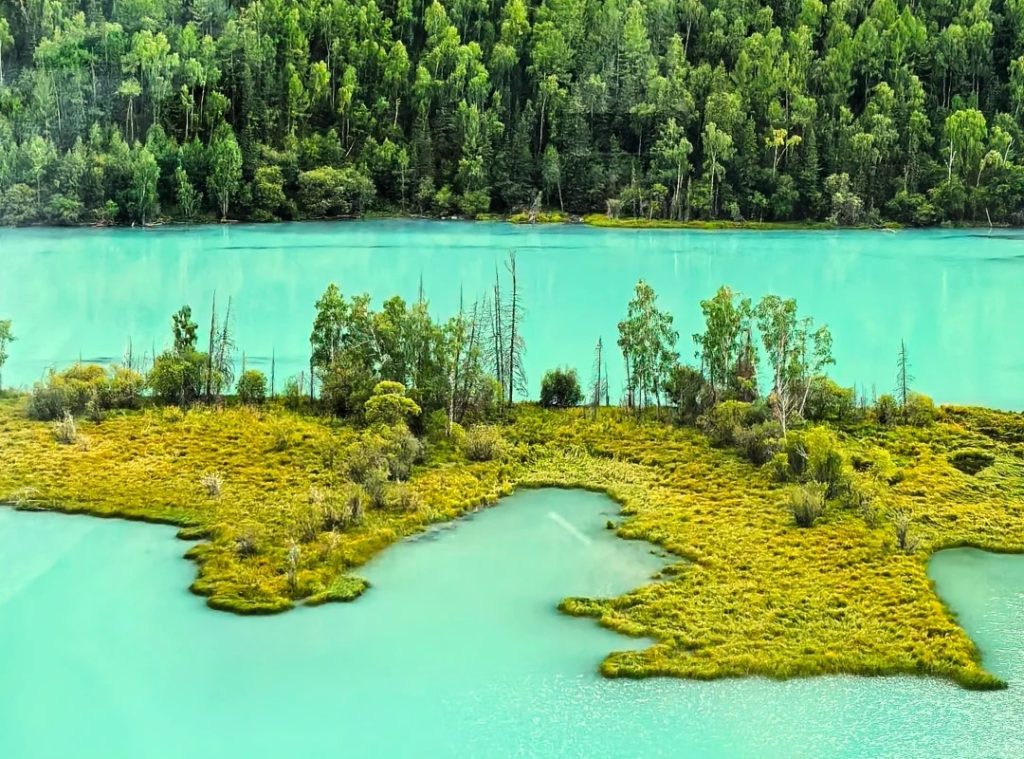
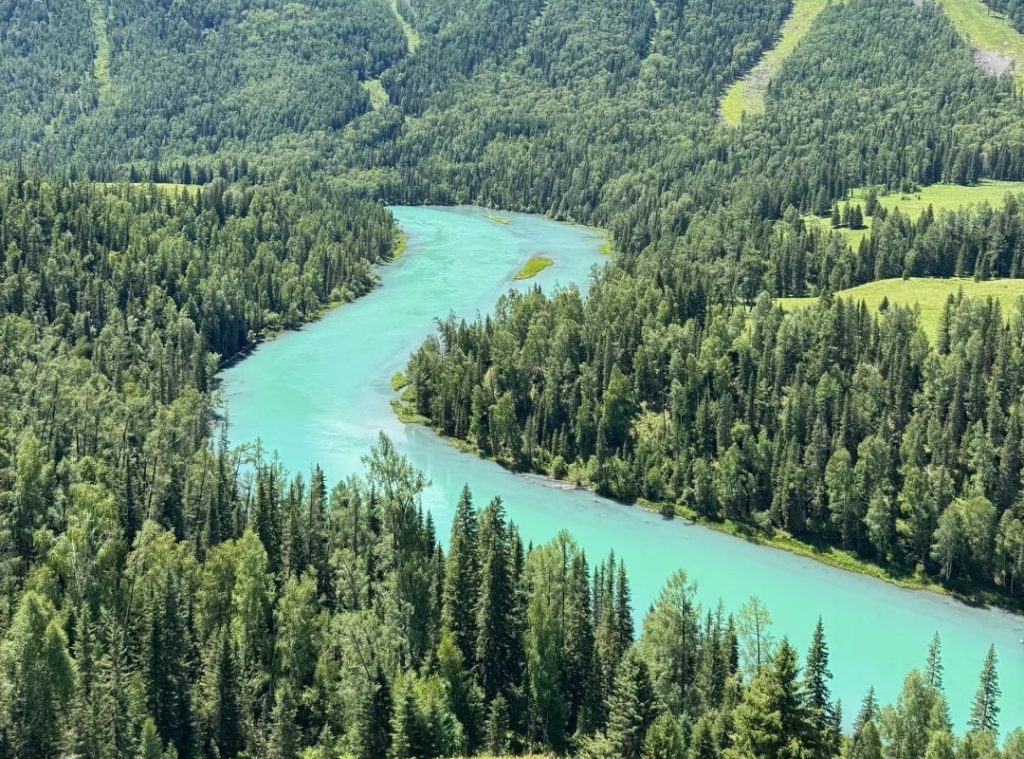
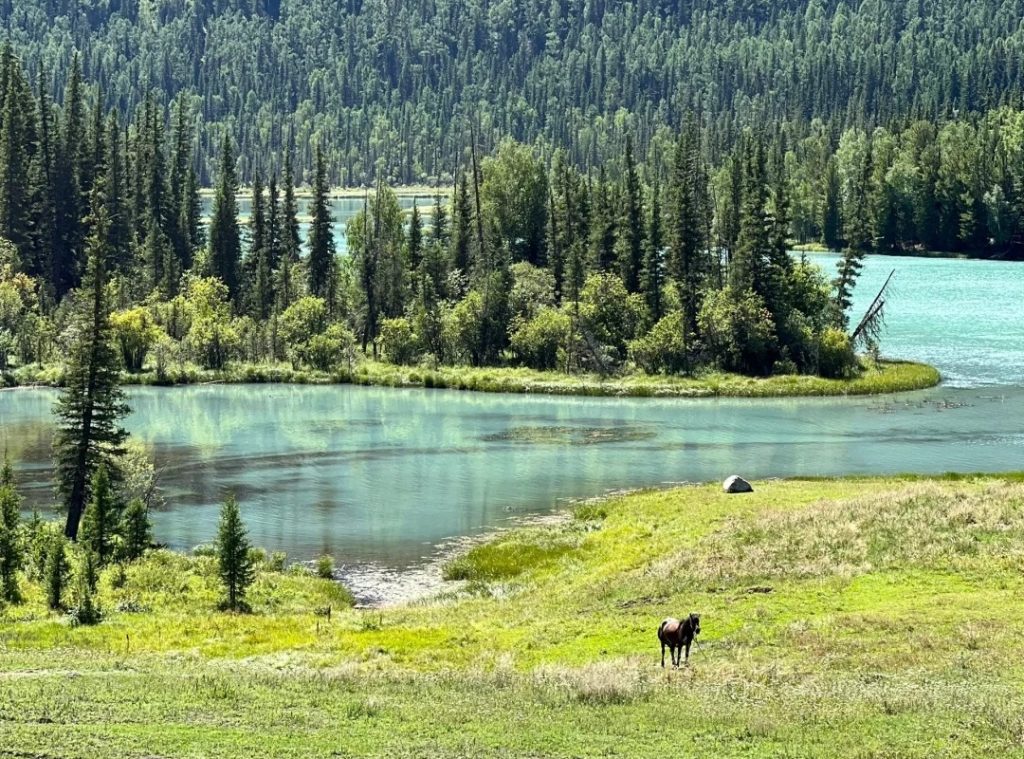
Walking the Kanas Lake Boardwalk
The Kanas Lake Boardwalk stretches about 4.5 kilometers, winding through dense forests and lakeside scenery. Tall trees cast shade, fresh mountain air fills your lungs, and playful squirrels often appear along the way. Every corner invites you to pause for photos.
Climb to Guanyu Pavilion: The Best View of Kanas Lake
Perched high above the lake, Guanyu Pavilion is the best place to take in a full panorama of Kanas Lake. From here, the turquoise waters spread out beneath you, and on clear days you can even see Friendship Peak in the distance. Sunrise mists create a magical atmosphere that rewards those who climb early.
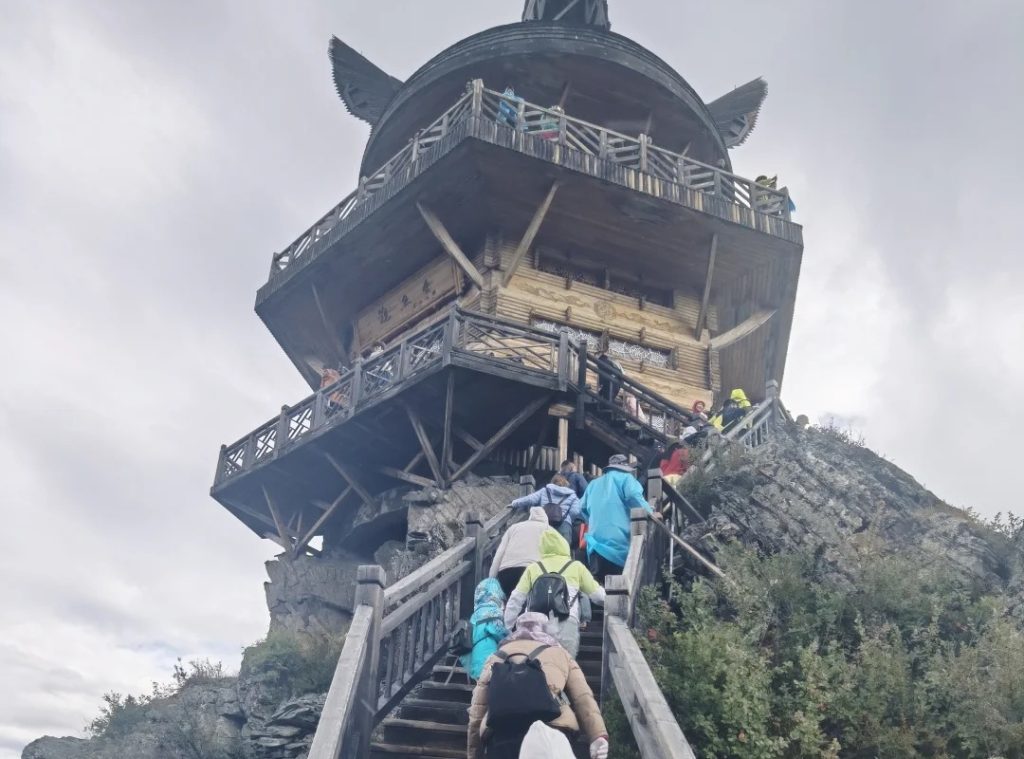
Discover Swan Lake and the Upper Lakes near Kanas Lake
Beyond Kanas Lake, you will find smaller lakes such as Swan Lake and the tranquil Upper Lakes. These spots are known for calm reflections, seasonal birdlife, and glassy mornings that feel like a painting.
Explore Hemu and Baihaba Villages
A trip to Kanas is not complete without visiting Hemu Village and Baihaba Village. These Tuva settlements feature traditional wooden cabins, golden birch forests in autumn, and a morning fog that creates a dreamlike scene. It’s a chance to experience local culture as well as natural beauty.
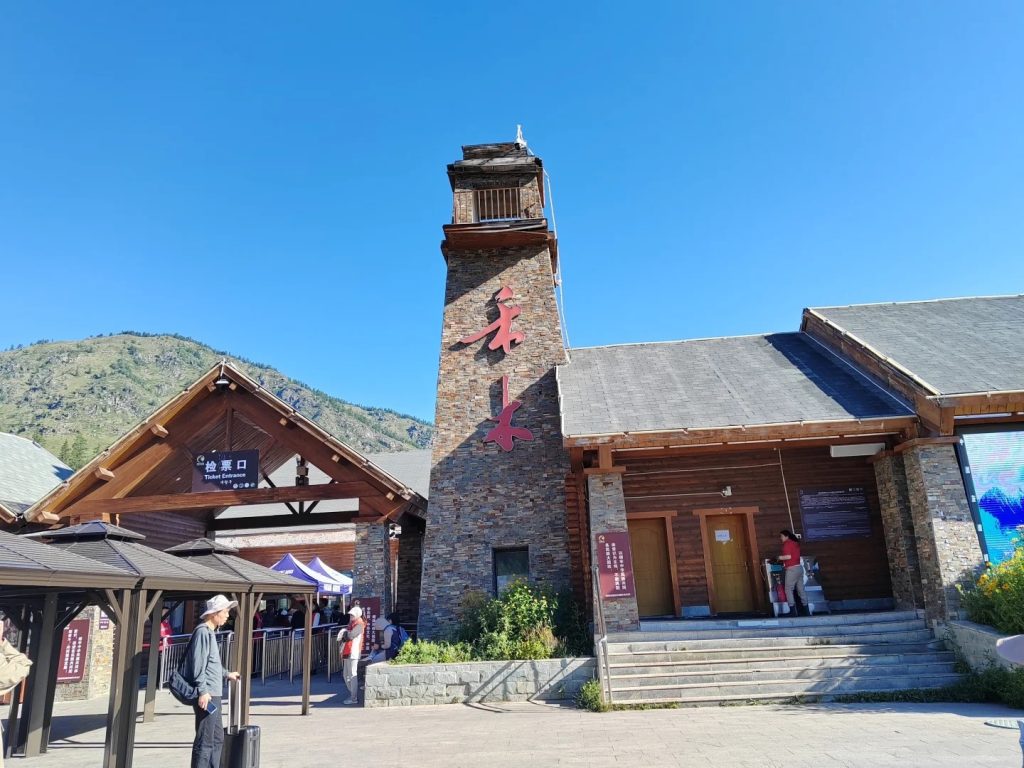

How to Get to Kanas Lake and the Best Time to Visit
Kanas Lake is a remote gem in northern Xinjiang. To enjoy it fully, you need to know how to get there and the best time to visit. Travel options are clear, and each season offers a different charm.

How to Get to Kanas Lake
- Fly Urumqi to Burqin Kanas. Then shuttle to Jiadengyu gate.
- Or travel Urumqi to Beitun/Altay by train or bus, then continue to Burqin and Jiadengyu.
- Inside the park, use official shuttles between hubs, bays, villages, and trailheads.
Best time to visit Kanas Lake
- June: green mountains, wildflowers, long daylight
- September to early October: golden birch forests, crisp skies, top photography
- Winter: silent forests, snow scenes, star-filled nights for hardy explorers
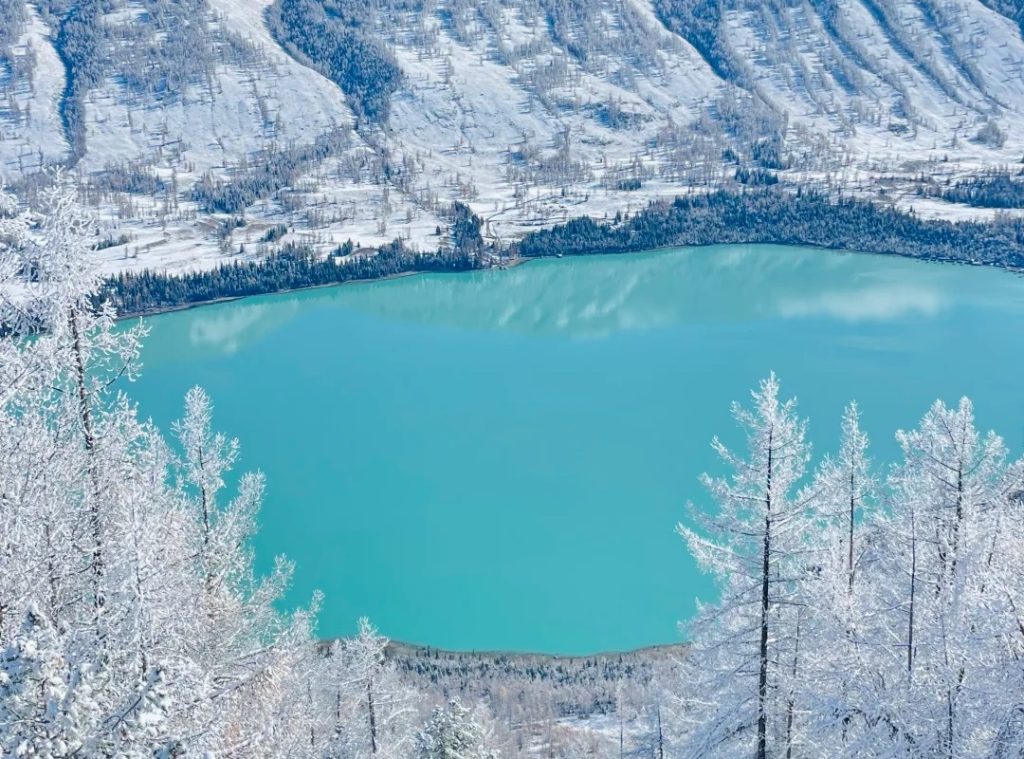
Kanas Lake Travel Tips for a Smooth Trip
- Expect big day–night temperature swings, even in summer. Pack layers, windproof shell, hat, and gloves.
- Wear sturdy shoes. Trails can be damp near rivers and marshy bends.
- Sun is strong at altitude. Bring sunglasses and sunscreen.
- Mornings bring mist. Afternoons bring stronger light. Plan shoots around that.
- Scenic area uses shuttle buses. Start early to beat queues. Move counterclockwise if crowds bunch up.
- Respect village customs. Ask before photographing people or homes.

A Glimpse into Kanas Lake’s Significance
Kanas Lake is not only a tourist attraction but also an important ecological and geographical site. Its unique features set it apart from other natural wonders.
| Feature | Description | Significance |
| Depth | Up to 188.5 meters | China’s deepest freshwater lake in some sections, supporting unique aquatic ecosystems. |
| Water Color Change | Emerald, blue, milky white | Result of mineral content, algae, and light, creating a dynamic visual spectacle. |
| Geological Formation | Glacial erosion, approximately 200,000 years ago | Indicates a rich geological history and powerful natural forces shaping the landscape. |
| Ecosystem | Dense forests (larch, spruce, fir, birch), diverse wildlife | A vital habitat for species like snow leopards and golden eagles, contributing to regional biodiversity. |
| Cultural Inhabitants | Tuwa and Kazakh communities | Preservation of traditional nomadic cultures and unique architectural styles (wooden cabins). |
Kanas Lake in Xinjiang shows China’s natural beauty. Clear waters, towering mountains, and lush forests create a captivating landscape. The Tuwa and Kazakh cultures add rich local flavor. Whether for peace, adventure, or heritage, Kanas Lake is a true treasure of China.